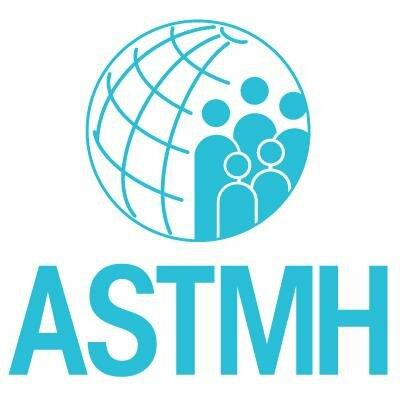
This week many LSTM staff and groups travelled to Philadelphia, USA to attend two important annual events within the 2015 calendar of Tropical Medicine, the meetings of the COR-NTD 22-23rd October and the Annual Conference of the American Society of Tropical Medicine and Hygiene (ASTMH).
The COR-NTD meeting brought together just over 350 international delegates interested in research and control activities surrounding neglected tropical diseases (NTDs). In a combination of plenary lectures, panel discussions and themed break-out sessions, the state-of-the-art and future funding landscape was assessed and explored. Highlights included evidence that triple combination therapy of ivermectin/albendazole/DEC could more sharply curtail microfilaraemia and transmission of lymphatic filariasis.
Three break-out sessions were each organised by LSTM staff that discussed gender-related inequities, expanded access to praziquantel/albendazole and entomological surveillance with molecular methods. Deirdre Hollingsworth highlighted a clutch of modelling papers published that week dedicated to “Quantitative analysis of strategies to achieve the 2020 goals for neglected tropical diseases: where are we now?”.
With a much larger attendance of nearly 5,000 people housed within the Philadelphia Convention Centre, the LSTM presence was still very clearly on show. There were several presentations and many posters on display as well as two exhibition booths representing the LSTM, IVCC, A-WOL, COUNTDOWN and Filariasis Programmes Support Unit (FPSU).
Whilst the majority of the ASTMH programme was focused on malaria and Ebola, there was an important WHO and USAID chaired symposium on “Global NTD elimination: the spring towards the 2020 goals – five years out”. In this well-attended session, the perspectives from major health stakeholder were aired. It was clear that LSTM’s research on drugs and diagnostics and its programmatic support is playing leading roles internationally. Some participants found the session entitled “The political, social cultural and biomedical history of the emergence of HIV/AIDS in Africa” particularly illuminating. With the fruition heightened molecular DNA surveillance, it is now clear that the origins of both HIV-1 and HIV-2 can be firmly inferred from non-human primate species, specifically within Cameroon populations of chimpanzees and gorillas. Indeed, the epidemiological transition from animal to human transmission of HIV has some bearing on the current Ebola crisis where the African health system has been challenged in much more acute ways. Broadening the scope of disease diagnostics and surveillance will be become ever more important in post-epidemic preparedness.